The marbled cat is a small wild cat that inhabits the eastern part of the Himalayas and southern Asia. It is related to the Asian golden cat and Borneo bay cat.
Scientific Name: Pardofelis marmorata
Conservation Status: Vulnerable. The population of marbled cats is estimated at less than 10,000.
Subspecies:
- Parodfelis marmorata marmorata
- Pardofelis marmorata longicaudata
Lineage – The marbled cat belongs to the Bay cat lineage, which includes two genera (Pardofelis and Catopuma) and two additional species, the Borneo bay cat and Asian golden cat.
Interesting marbled cat facts
- A secretive wild cat
- The marbled cat is about the size of a house cat.
- It climbs and spends a lot of time in trees.
- It has a very long tail used for tree support.
- Typically inhabits tropical forests.
- Has large feet and big canine teeth.
More about the marbled cat
Marbled cats can be found in various types of forests up to 8,200 feet. They are generally reclusive animals that will usually avoid humans.
Physical characteristics
The marbled cat is a smaller version of the clouded leopard. The cat’s fur is soft and thick, with black stripes on its head, neck, and back. It can range in color from grey-brown to yellow-brown. Other markings include solid spots on the cat’s tail, limbs, and underbelly, with a marbled pattern of dark blotches on its flanks.
It has large amber eyes, rounded ears, and a bushy tail that is as long as the cat’s body. The marbled cat also has large feet and canine teeth (fangs) like big cats. Marble cats also have webbed paws and large heel pads. Their retractable claws are double-sheathed, which makes it easier for them to climb. They also have good vision.
| Marbled cat | FROM | TO |
| Weight | 4 lb.s | 11 lbs. |
| Body | 18 in. | 24 in. |
| Tail | 14 in. | 24 in. |
Location and habitat
The marbled cat inhabits rocky shrubs, swam forests, and other types of forested areas. It can be found in the Himalayan foothills, south and southeast Asia, southern China, through Indonesia, Nepal, India, Sumatra, Borneo, Bhutan and Thailand

 Behavior
Behavior
Marbled cats are solitary animals that sometimes form pairs for breeding purposes. They are active during the day but have also been seen at twilight and night. In captivity, they are considered docile and can be easily tamed. Marbled cats are also arboreal (def. arboreal “inhabiting or frequenting trees”). They have been seen purring and chirping.
Hunting & prey (diet)
The cat preys on small mammals and birds, along with rats, tree squirrels, fruit bats, mice, tree shrews, reptiles and small primates. It finds most of its prey in trees. In some areas like Borneo they may hunt on the ground more than in the trees.
Reproduction and lifespan
Data on the reproduction and lifespan of marbled cats in the wild is limited. In captivity, the gestation period for marbled cats appears to be between 66 and 82 days. Litters are between 1 and 4 kittens. Marbled cats have lived in captivity up to around 12 years.
Conservation threats
Because of its low population and elusiveness, the marbled cat is rarely seen in the illegal Asian fur trade markets. In some countries like Singapore, regulated hunting is even permitted.
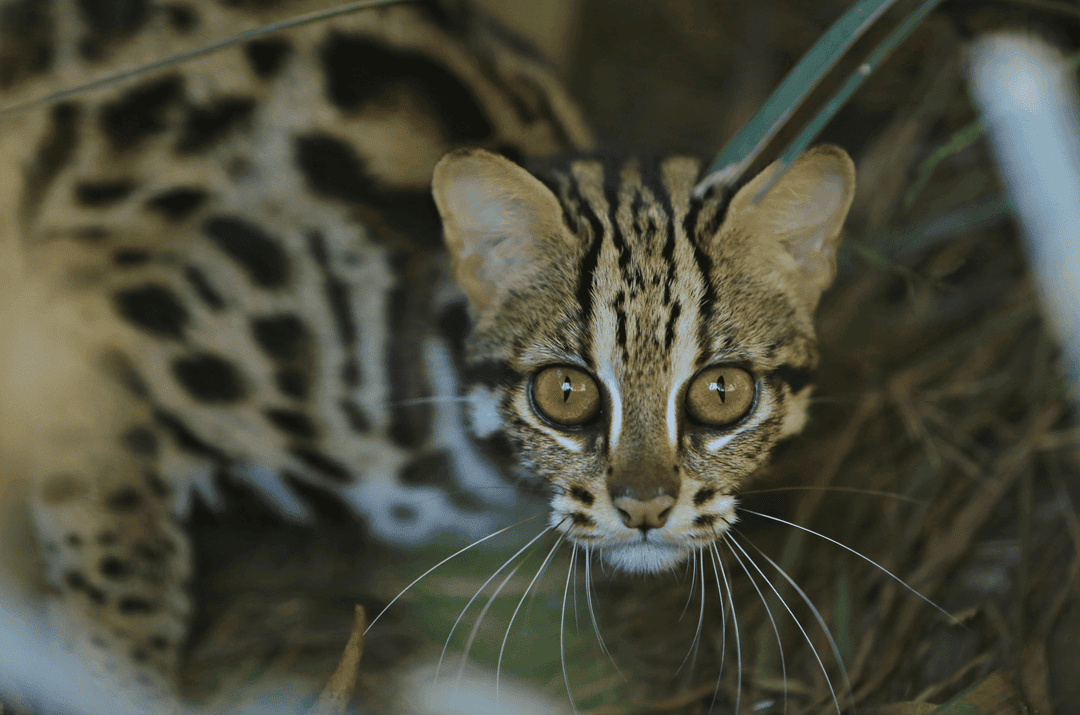
Marbled cat research and quotes
2022 Marbled cats in Southeast Asia: Are diurnal and semi-arboreal felids at greater risk from human disturbances? | Hendry, Decoeur et al. “We found that marbled cats were positively associated with large intact forests and, in contrast to leopard cats, negatively associated with oil palm plantations.”

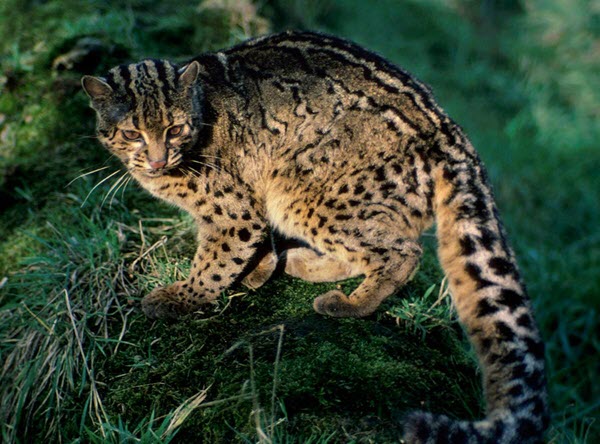
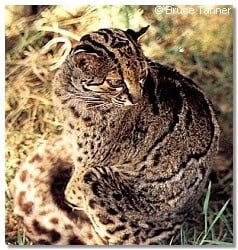 Behavior
Behavior
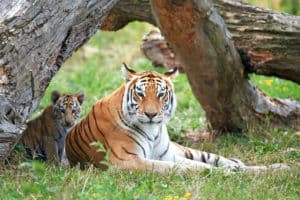
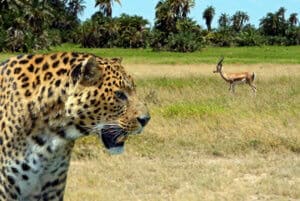



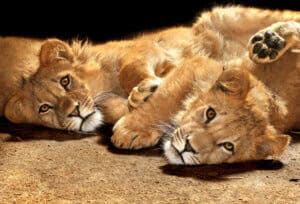




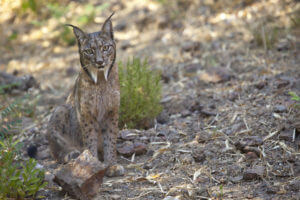




0 Comments